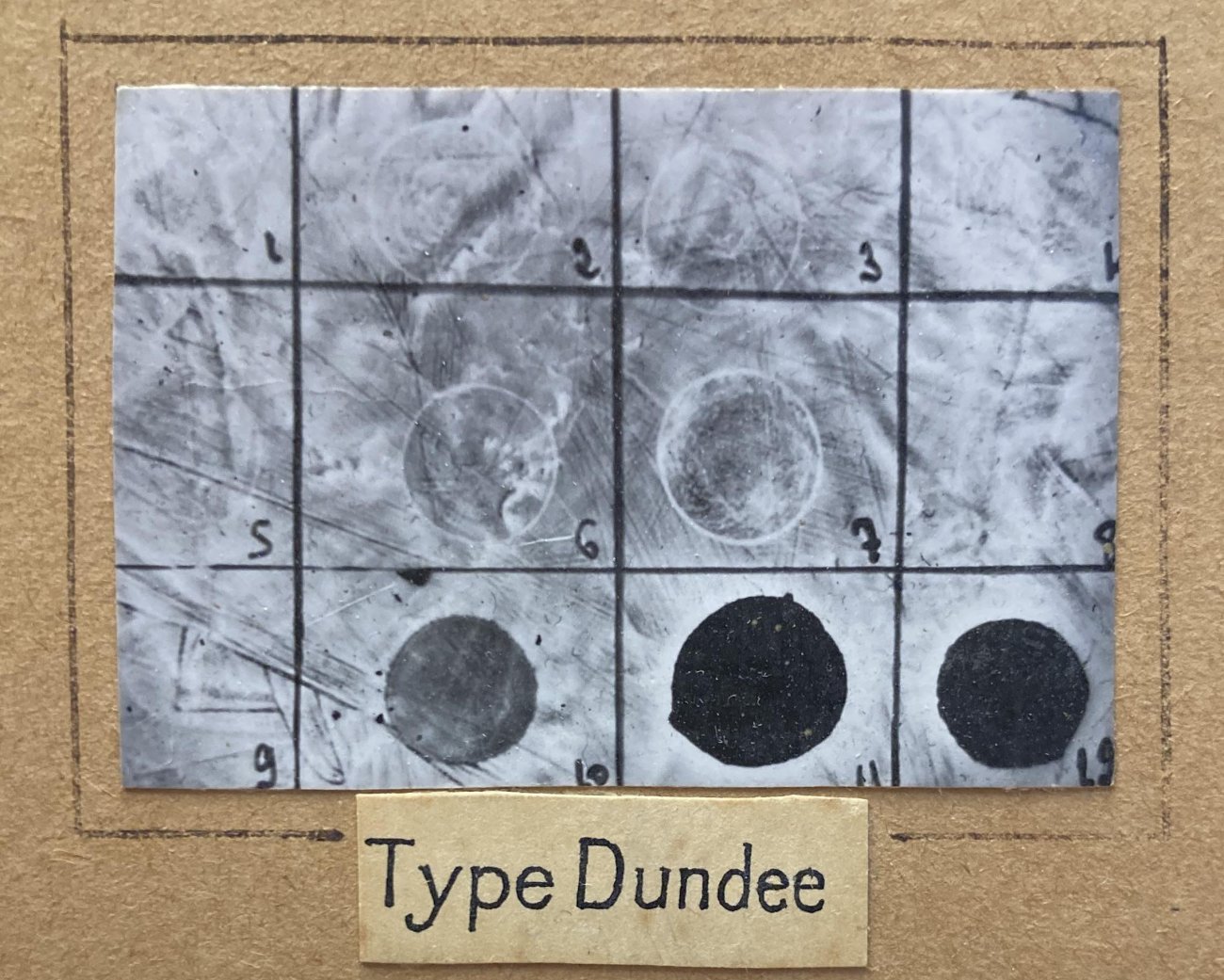Paratyphoid B fever is caused by pathogenic bacteria of the species Salmonella enterica, serotype Paratyphi B. In Europe, the disease was most prevalent in the 20th century, so it has not been widely studied using modern techniques. Scientists from the Institut Pasteur have made new findings after studying more than 500 strains of the bacteria isolated since 1898, from human and animal infections and food products. They traced the evolutionary history of the pathogen, which is still circulating and causing disease today, mostly in areas with poor hygiene. They have also developed genomic tools for global identification and surveillance, to facilitate monitoring and prevention of paratyphoid B fever.
In 1896, Charles Achard and Raoul Bensaude, both physicians within the Paris Public Hospital Network, identified an infection in patients presenting with symptoms similar to those of typhoid fever (which is caused by Eberth’s bacillus, now known as Salmonella enterica, serotype Typhi). Having failed to accurately characterize isolated bacteria from these patients with tests available at the time, they concluded that these bacteria were similar to Eberth’s bacillus and therefore coined the term ‘paratyphoid fever’ to describe these infections.
We have since discovered that there are three types of paratyphoid fever: A, B and C. Until now, paratyphoid B fever had been less extensively researched than the other types, largely because it is currently less prevalent than paratyphoid A fever.
The reservoir for paratyphoid B fever traced back to Europe
Over 18 institutions from 8 countries have collaborated to study the circulation of bacterial strains causing paratyphoid B fever by investigating the genome of these bacteria. "This pathogen, discovered in Paris in 1896, was highly prevalent in Europe, with major outbreaks occurring right up to the 1960s. For example, over 900 individuals were affected by an outbreak in Austria in 1969. We have been able to describe the entire history of the pathogen, from its eradication in Europe to its reintroduction in recent years from various regions of the world including South America, the Middle East, North Africa and South Asia. In the late 19th century and early 20th century, these bacteria were exported from Europe through population movements linked to colonial expansion and trade. They are now returning to industrialized nations, particularly through travelers," explains Professor François-Xavier Weill, Head of the Enteric Bacterial Pathogens Unit at the Institut Pasteur and Director of the CNR for Escherichia coli, Shigella and Salmonella.
It is thought that Salmonella enterica, serotype Paratyphi B originated in Europe and has been in existence since the 13th century. It was mainly spread through food, with humans providing the main reservoir. Just one carrier within a food production chain was potentially enough to transmit the pathogen, particularly when handling favorable media such as cream-based foods. After the Second World War, this infection was controlled in Europe through personal and food hygiene measures, the distribution of drinking water, and improved sanitation.

A global surveillance tool developed to tackle paratyphoid B fever
"Using genomic techniques, we have also developed a global surveillance tool for the pathogen responsible for paratyphoid B fever. Each sequenced strain is assigned to one of 38 genotypes that we have identified for the bacterium, and these genotypes are generally associated with a likely geographic source of the bacterium," explains François-Xavier Weill.
The tool is available in open access and can be used by scientists throughout the world to determine the geographic distribution of a genotype and detect any outbreaks. It will facilitate surveillance at global level, even in regions where there is no surveillance system. "By analyzing bacteria that have infected European or North American travelers, we were able to identify major current foci of the disease in South America, particularly in Peru, Bolivia and Argentina. However, even though these bacteria are being reimported into France, the country's high hygiene standards mean that there is no risk of spread. It is nevertheless important to notify these countries, so that control measures can be taken locally," adds the scientist.
An emerging risk of antibiotic resistance
The scientists also investigated antibiotic resistance for all bacterial strains. They found that while resistance has only emerged recently and only affects one class of antibiotic, it has developed in all lineages of the bacterium. "This resistance is probably linked to people taking the fluoroquinolones class of antibiotics, which has been widely used throughout the world since the 1980s," points out François-Xavier Weill.
These antibiotic-resistant clones are notably found in healthy carriers, who harbor the bacteria for years or even decades after an episode of paratyphoid fever, often in their gall bladders. During this time, the bacteria are exposed to antibiotics and are therefore able to develop resistance to them. Since the bacteria are excreted intermittently in the stools of these healthy carriers in areas with poor hygiene, these resistant strains may lead to new infections. While fortunately few of these antibiotic-resistant strains have led to outbreaks, heightened surveillance is nevertheless essential.
This landmark study on paratyphoid B fever funded, in particular, by the Le Roch-Les Mousquetaires Foundation, saw scientists analyze around 500 bacterial strains from 41 countries collected between 1898 and 2021 and stored in the Institut Pasteur's unique bacteria collections as well as the collections of the 18 international partner institutes.
See also the article describing how the Le Roch-Les Mousquetaires Foundation is supporting two research projects at the Institut Pasteur on food safety and combating antibiotic resistance: Food safety and antibiotic resistance: the fight against Listeria and Salmonella | Institut Pasteur
Source :
Genomic perspective on the bacillus causing paratyphoid B fever, Nature Communications, 10 décembre 2024


